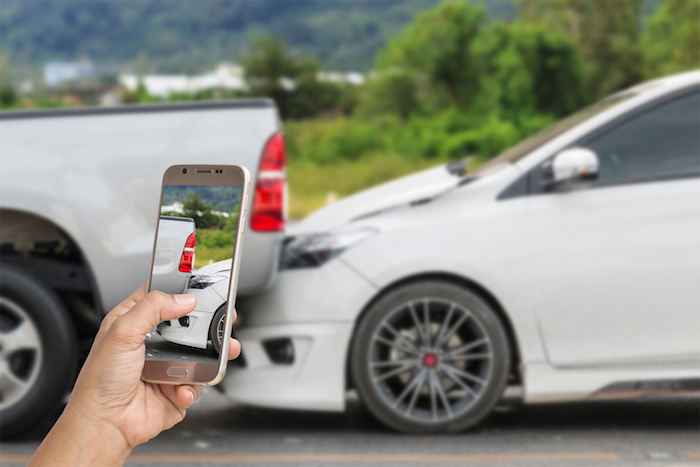Whether your car insurance rates will go up after a not-at-fault accident really varies by the insurance company and by state. For example, on Progressive Insurance’s website “It may seem unfair, but accidents that aren’t your fault may still increase your rate in certain states. However, they may not cost as much as at-fault accidents. As with speeding tickets and most other violations, not-at-fault accidents stay on your driving record for a few years (the length can vary by insurer and state).” For example, California and Oklahoma prohibit surcharges on drivers who are involved in accidents through no fault of their own. So if you live in California or Oklahoma, your rates will not increase if you are not at fault for an accident. To answer the question, there are extreme variables and different sources will provide different answers.
No-fault states will likely increase your rates because fault doesn’t matter. “No-fault” means drivers go through their own insurance to cover their own injuries and damage rather than going through the other party’s insurance carrier. These 12 states use some type of no-fault car insurance: Florida, Hawaii, Kansas, Kentucky, Michigan, Massachusetts, Minnesota, New Jersey, New York, Pennsylvania, and Utah. The type of no-fault greatly differs between these 12 states. All offer first-party coverage typically called personal injury coverage. Each state has their own set terms on restrictions and thresholds on lawsuits. Of the 12 states listed, Florida and Michigan are constantly the most expensive states to purchase car insurance. And due to this, they are also the most likely to increase your rates after an accident.
To understand the logic of why and how rates go up so differently across America we have to think about how insurance carriers make money. Because car insurance premiums are higher than other types of property and liability insurance, car insurance carriers make their money like banks. They invest insurance premiums through multiple extremely low-risk investments (Mutual Funds, Bonds, and/or CD’s). To prove a simple example, if they are able to generate a 2% return off a no-risk 10 billion dollar CD investment, that equals $200 million a year! And just like banks, most insurance carriers charge either a payment fee (usually $5 per payment) or interest if a policy isn’t paid in full in one payment. These fees are oftentimes hidden when you see the payment breakdown. It’s always best to do some math to assess which payment method makes sense for you. If you are able to pay the policy upfront, that will always be the cheapest option.
However, car insurance carriers care more than banks about customer loyalty and satisfaction. This is why we see we constantly see car insurance commercials. These carriers invest millions into strategic marketing by sponsoring sporting events (NFL football halftime shows, golf invitationals, & baseball billboards around the stadium). Live sport TV ratings always do well associating car insurance with activities people enjoy is also extremely important for the stigma associated with car insurance. Car insurance is not fun despite what their commercials show.
If your rates do increase after an accident, the best way to judge if the increase is fair is by shopping for insurance with other carriers. Insurance carriers do increase rates based on location as they may have experienced higher than expected losses in your state. So they counter this loss by increasing rates for everyone. It’s very possible for your very competitive premium to become a bad deal in a matter of a few years. So if you feel like you’re getting a bad deal, there’s only one way to make sure and that’s by obtaining quotes with other insurance carriers.

